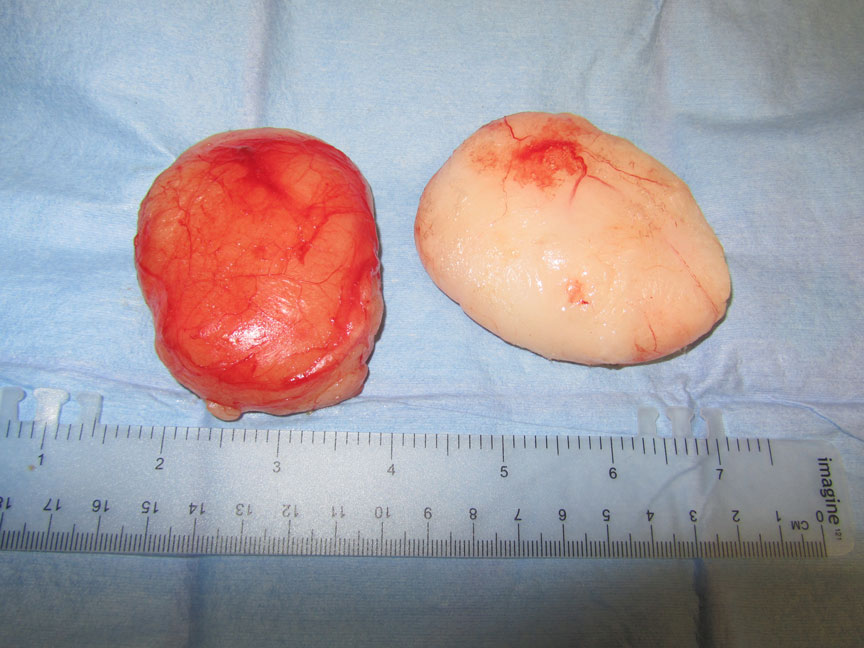Is your older dog getting “lumpy”?

Many of you with older dogs will notice soft lumps or growths developing and might wonder whether or not these could be serious. While there are a few much more serious growths which can masquerade as lipomas (meaning they feel and look similar from the outside), lipomas themselves are not usually problematic. If your pet has a lipoma(s), it means they have developed a benign, non-cancerous growth made up of fatty tissue. Having a lipoma does not mean your dog is necessarily overweight either. Lipomas occur quite commonly, are usually soft and freely movable beneath the skin, although they can develop in other locations beneath muscle layers or even inside the abdomen. They are not generally painful and generally do not pose problems for your dog.
A simple test which can be performed as an office procedure in a wide awake patient is a fine needle aspirate. The veterinarian places a needle into the lump and draws back on the syringe, trying to dislodge cells which can then be stained and examined under the microscope. Not all lumps will shed cells but an aspirate from a lipoma is usually made up of tiny fat globules. This test can help your veterinarian differentiate between a lipoma and another more serious tumor growth which should be removed.

When we recommend surgical removal of a lipoma, it is usually because it is growing to a point where it is interfering with your pet’s comfort or mobility. Lipomas can get as large as grapefruits or even large melons. Large lipomas can be heavy to carry around or if they are located in the axilla (armpit) or groin, can make walking difficult.




